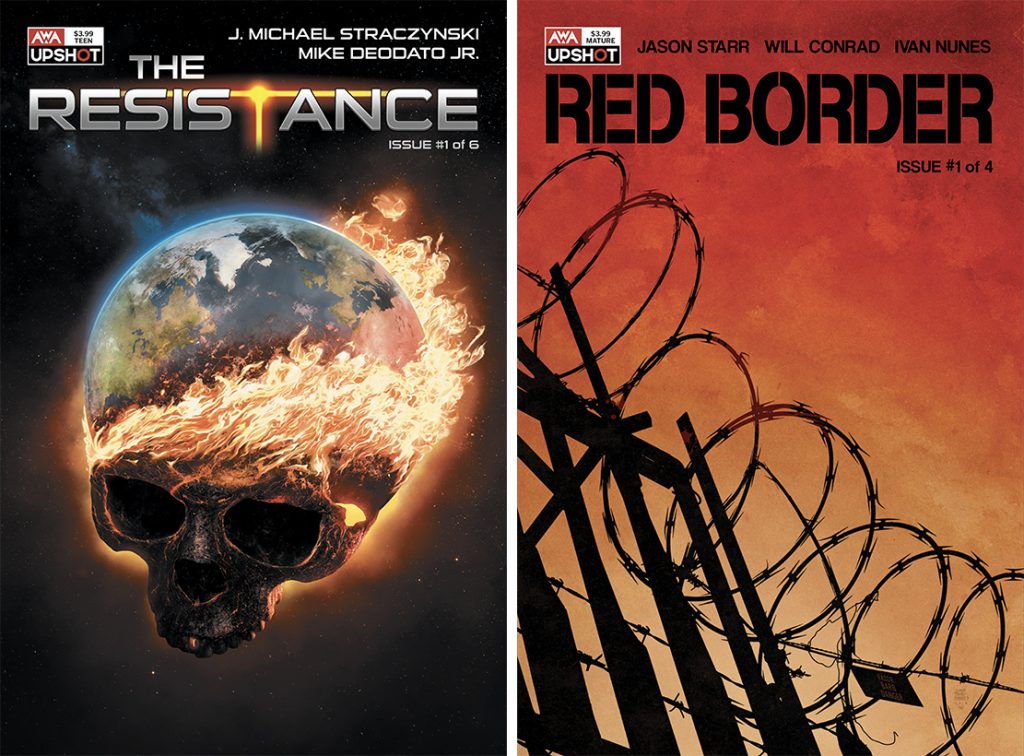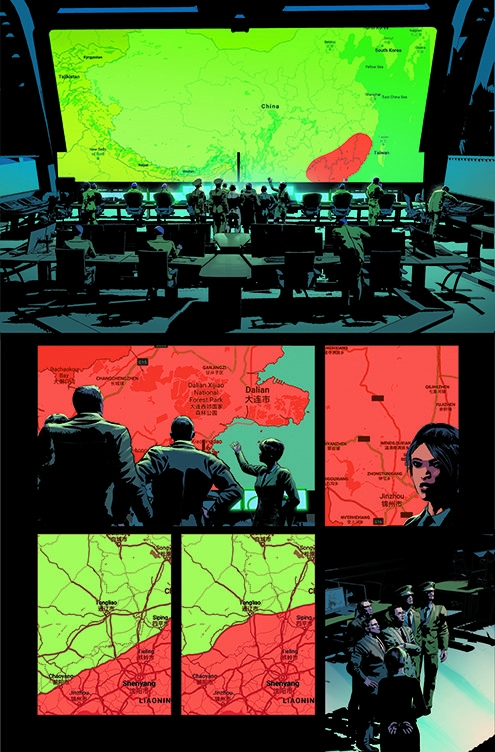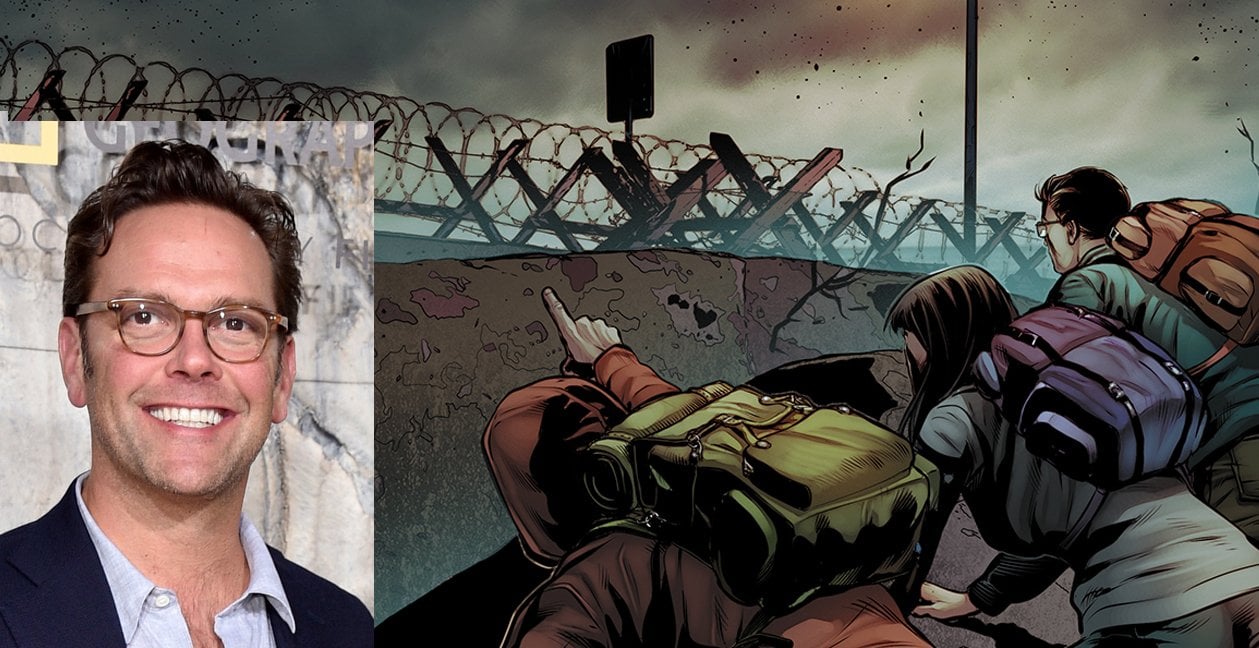When Disney acquired 21st Century Fox for $71.3 billion in 2019, CEO James Murdoch made an estimated $2.2 billion. He quickly put that money to work, and one of his first investments was a $5 million stake in comic book publishing startup Artists Writers & Artisans (AWA). The investment was made via Murdoch’s venture capital firm Lupa Systems, through which he plans to invest as much as $1 billion in entertainment and tech companies. It positions him at the center of a booming, yet highly competitive, niche in the entertainment industry—and if AWA is successful, it could generate massive profits and reshape the culture. Yet to do so it will have to beat Disney and Warner Brothers at their own game.
The biggest box office winners in recent years have almost exclusively been movies developed from already existing intellectual property: Film franchises based on DC and Marvel comics such as Batman or The Avengers dominate popular culture and generate billions in revenue. The vast majority of comic book stories making waves in theaters or on TV or streaming platforms are ultimately products of either AT&T, which owns Warner Brothers and its subsidiary DC, or Disney, which owns Marvel. Yet Murdoch’s team feels like there’s a gap in the marketplace that AWA can fill. “There’s certainly enough demand,” says Lupa Systems partner and managing director Jeff Palker. “What they are really doing is creating a new engine for the development of intellectual property.”

Ultimately though, the success or failure of AWA depends just as much on its creative product as on its positioning as a business. If audiences like and respond to the stories AWA’s creators tell, TV, streaming and film development will be a virtually inevitable outcome. AWA has a crack team of founders—including former Marvel COO and publisher Bill Jemas and former Marvel chief creative officer Axel Alonso—responsible for making sure that happens.

With the launch of AWA’s new shared universe of superheroes, The Resistance, slated for early March 2020, Worth caught up with Alonso to talk about the creative process and why he believes AWA will succeed in a competitive marketplace.
Q: How do you break into a marketplace that is so dominated by two players, DC and Marvel?
A: There’s two things I could say about that, right out of the gate. The first thing is more general and artsy-fartsy, which is to say that comic books are only limited by the talent, tastes and adventurousness of the people making them. The sky’s the limit in determining the stories you can tell. What it comes down to is talent, taste and a publisher who’s willing to take the chances and the risks to do it. There’s no kind of story you can’t tell in this medium. The small stories, the bigger stories. I’m fond of saying that every comic book has an unlimited special effects budget.
And the second thing?
Everywhere I’ve worked, I’ve always felt like I love an aspect of my job, but I can always see the guardrails of working for a larger company, especially when you’re dealing with the resuscitation of age-old IP, when you’re constantly finding new ways to make Captain America interesting.

Right, how do you do that the 50th time.
Without the corporate layers of approval, you can react immediately to pop culture and to changes in the zeitgeist, and you can take chances. Without the layers of approval, you have the ability to be adroit, to be nimble and, of course, that goes a long way when you’re being creative.

And AWA’s backers get that.
We’ve got very, very patient and passionate investors that understand this as a long game and understand the potential of the medium. So as long as we stick to our guns, I think we are primed to succeed.
Obviously you want the comic books themselves to be successful, but the long game must be to develop that IP for streaming and film.
We know that there’s value in the stories, in the IP that transcends just the comic books, and that we can get it out into screenplays for animation, movies, TV. There’s a lot of platforms for the IP now, and with our network of contacts, we feel very good about our potential to find the right people to get behind the right stuff.
What is going to make AWA’s characters and stories standout?
The DC characters are rooted in the ’40s and ’50s and most of them are in some way, shape or form a cop. They’re a figure of law and order, whether Superman or Batman, and they bring bad guys to justice. The Marvel superheroes, which were created in the ’60s and ’70s, by and large, are counter cultural figures. They’re more diverse, they come with more baggage and they’re more human. But they’re all rooted in days gone by.
What I see is a tremendous opportunity to create people who are born in our world, characters that deal with the zeitgeists of the day and the problems we’re facing right now globally and domestically. Take the United States right now. I recognize our relationship to the other parts of the world has changed dramatically, not to mention our culture—the world of #MeToo, of multiculturalism, of white supremacy, of all these things. All of these things are the heartbeat of our day. Generation Z does not face the same problems that I did.
The problems are different today, which means the heroes have to be different as well.
They’re not rooted in the ’60s and ’70s or the ’40s and ’50s. They’re rooted in the new millennium. We think that our heroes can have the anxieties, aspirations, concerns and fears of today.







